According to Dairy Crest’s publicity material, it is the biggest customer of UK dairy farmers’ milk. So understandably, its announcement of plant closures and lost retail business is of significance to dairy farmers.
Our sympathy is with the 470 staff whose jobs may be affected by the proposed closures at Aintree and Fenstanton. Dairy Crest has its roots in British dairying, having grown from a division of the Milk Marketing Board and having a major dairy farmer constituent among its shareholders since publicly listing in 1996. Many of these staff will have provided years of service to UK dairying and dairy farmers.
That said, there is nothing more inevitable than change and as the 20,000 UK dairy farmers who have gone out of business since Dairy Crest listed will testify, rationalisation is a tough reality of the dairy sector, which hopefully will result in strength.
This is clearly the intent of the Dairy Crest board and on that basis I am confident the business is doing the right thing for its remaining staff, shareholders and farmers’ futures. According to Dairy Crest’s City statement on 17 April, the rationalisation is the upshot of a £75m investment programme, forcusing on the remaining plants at Severnside, Chadwell Heath and Foston.
The commercial reality of the liquid milk sector is tough. Dairy Crest, Arla and Wiseman are all struggling to maintain margin in the face of intense competition, while maintaining farmgate milk prices in the 30ppl region.
Sources of cost of production data put cost of production at or around 30ppl. So while processors may be looking to the farmgate price to relieve pressure, it would be at the expense of supply. Dairy farmers supplying quality milk into cheese contracts are commonly receiving more than 29ppl, and competition to secure direct supplies of raw milk is strong.
Over the past two years, the average retail price for a four-litre polybottle has fallen from £1.53 to £1.08 [DairyCo/DIN]. That represents 30% deflation in an environment of double-digit inflation elsewhere in grocery - surely this counter-inflationary trend is unsustainable? The ‘three F’ indicators - feed, fertiliser and fuel - have shown inflation of 21%, 29% and 75% respectively in the same timeframe.
This brings me on to the loss of the Tesco liquid contract. Some 24 core Tesco Development Group farmers will be affected and have been offered the opportunity to remain Tesco farmers by moving to Wiseman or Arla. While it’s only three per cent of Dairy Crest’s liquid business, it is significant. You can read what you want into Tesco’s contentment at having just two liquid suppliers.
The theme in dairy at the moment seems to be consolidation and rationalisation. Businesses have to become more efficient to compete, and efficiency and competitiveness on a global scale is something the NFU has called on the processing sector to achieve for many years.
UK dairy farmers are already among the most efficient in Europe, but they will not be resting on their laurels as they continue to invest in an efficient UK dairy sector for the future.



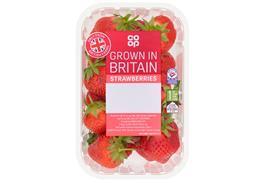





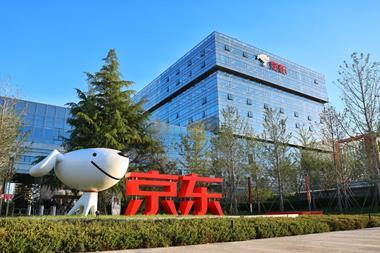
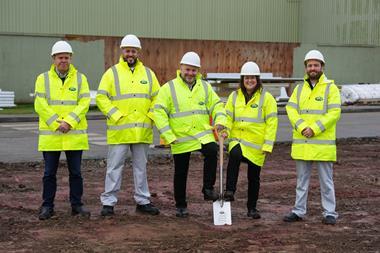

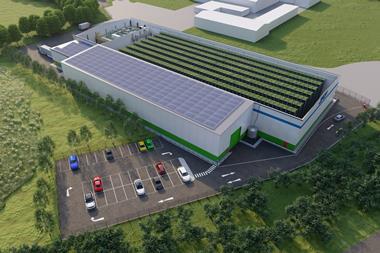
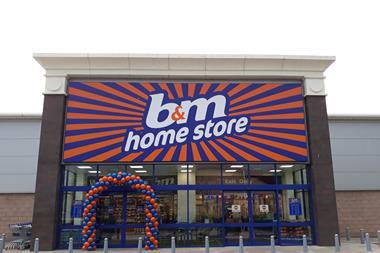


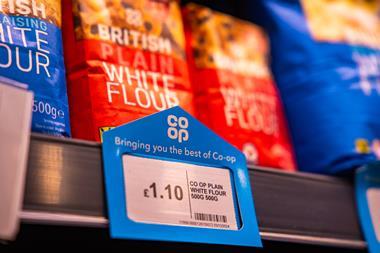

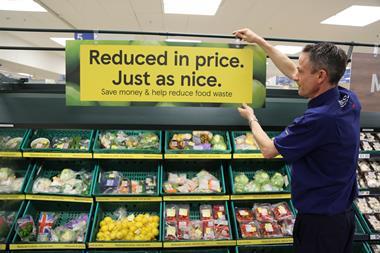
No comments yet